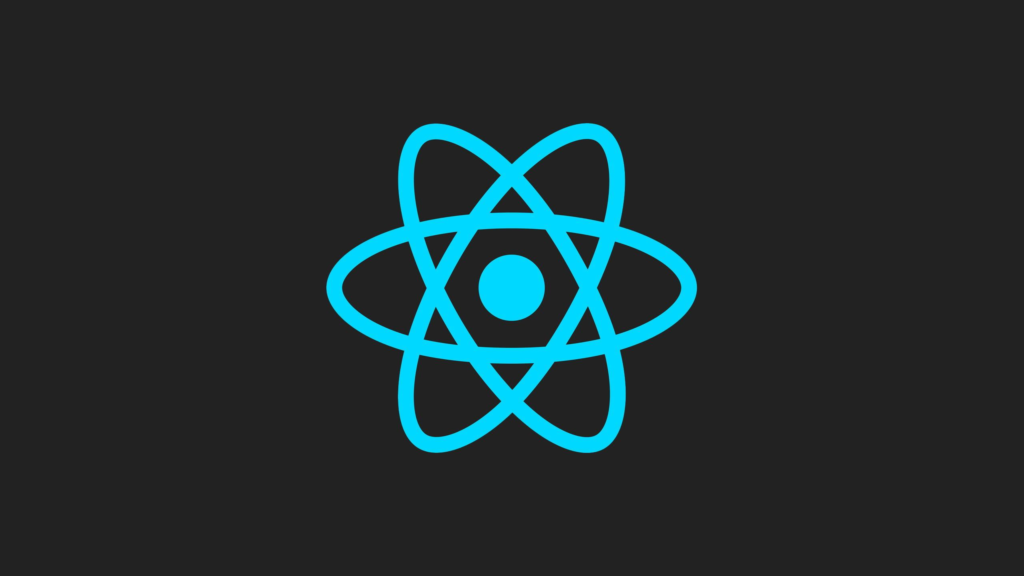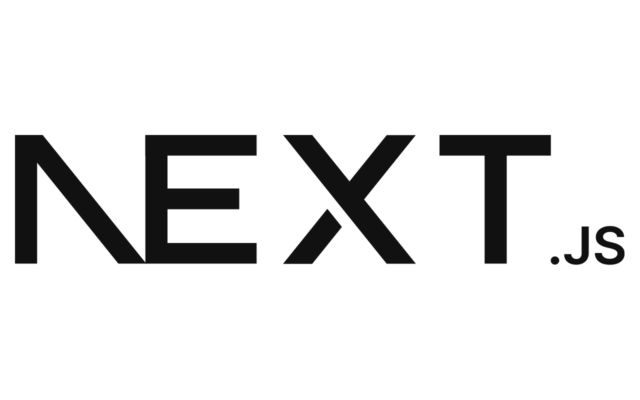Table of contents:
Building software is a hectic process that requires steady knowledge of the best technology. Therefore, developers constantly upgrade their software stack to remain competitive. For web applications, this means selecting the perfect Javascript tools for every project. Among the many available options, two stick out, making developers wonder which is superior.
With more web apps hitting the market, experts often compare Next with React in software development. Both are handy alternatives for creating impressive software products and offer distinct benefits. But is one better than the other? Which should you choose when creating your next application?
What is a Software Stack?
A software stack refers to the tools and tech developers use to create a web app. It serves as the basis for designing, positioning, and programming the app’s features. It could refer to a collection of various tools integrated into a single project. Alternatively, it could refer to a single technology that encompasses various features and add-ons.
The software stack is essential when planning an app development project. That’s why choosing the right option is crucial for the best results. So, developers need to analyze their project’s requirements and the proposed software’s function.
What is React JS?
React.JS is a Javascript library that excels on single-page app (SPA) projects. It’s a handy tool for designing reusable UI elements in app frameworks. These types retain their form throughout the app’s maintenance and development process. This also adds complexity to the user interface, resulting in improved development.
This software stack combines other key features to improve its extensive capacity. Its virtual DOM means it improves the app’s rendering, while a JSX offers better code maintenance. It also features React Hooks that allow simple logic sharing. Plus, the tool’s one-way data flow pattern simplifies debugging processes.
This makes React JS an ideal option for large web apps. Because it’s so flexible, developers can modify the app’s code without affecting its structure. The tool allows pairing with other frameworks, giving the app more functionality.
What is Next.JS?
The Next.JS framework enables the development of high-performing web applications. Its open-source nature allows both server- and static-based app rendering. Originally designed to construct React apps, the tool boasts an extensive feature set specifically for this purpose. This gives it a simplistic edge in processing swift and efficient web applications.
The software stack also allows quicker app building through various features. These include:
- Static Site Generation: Pre-generated web pages are produced as static HTML files. This speeds up load time, improves security, and minimizes the server workload.
- Server-Side Rendering: The stack software enables the server to generate web pages instead of relying on the client’s Javascript. The faster initial load times improve SEO and user accessibility.
- Routing: The support for dynamic routes simplifies page management. Plus, you can create links based on the displayed content.
- Automatic Code Splitting: The software stack leaves only the needed files for loading pages. Therefore, the reduction in file size enhances load times.
- Built-In API Support: Next.JS lets you use various tools to create APIs. This makes data management and query more effective.
Software Stack Differences Between Next.js vs. ReachJS
Both software stacks are impressive options for web app development. However, they employ distinct methodologies to enhance performance and functionality. Let’s see how they compare to each other.
Code Structure
Next, JS frameworks come with fixed rules and file structures. Therefore, these predefined components manage routes, stylesheets, and assets. This predefined file structure reflects on how the tool handles code organization. The set processes require developers to adhere to the established instructions.
But React.JS excels in this aspect. Rather than preset rules and limitations, its file structure is more accommodating. This gives developers more flexibility by not confining them to a specific framework.
Functionality
In React JS, you can build components that maintain their state throughout the development. Additionally, you can modify these components to create intricate user interfaces for managing the web app’s view layers. This implies that when creating web apps, you must begin from the foundation.
Next.JS doesn’t need this procedure. Its process requires you to build on the former’s framework. You use its features to make development easier, faster, and more convenient.
Scope
React.js is a Javascript library with a core focus on the app’s view layer. This implies that it functions as a fundamental building block for development, enabling the creation of interfaces within its software. That’s why developers consider it a simple option for building web applications.
But with Next, you use a software stack based on React. It also focuses on web apps with server-side rendering and static-generated operations. You use it with React to build client-side web apps.
Application
The design of Next.JS focuses on server-side rendering, making it perfect for SEO and performance-optimized web apps. The structure of Next.JS specifically caters to client-side websites and applications. However, this structure also imposes limitations on app development processes.
But React.JS is excellent for SPAs due to its reusable components. Its versatility also applies to apps that rely on the user interface. Maintaining such structures requires codes that can retain their state.
Framework
React.JS works as the foundation for user interfaces. Therefore, these development processes require additional frameworks to perform various functions effectively. The core framework, serving as the app’s building block, integrates these.
But with Next, you combine server-side rendering with client-side features. This results in a hybrid development model that merges React components.
Advantages and Drawbacks with Next JS vs React
As they offer differences, so do they provide different advantages, but both React and Next come with different obstacles.
- Speed: Next JS excels at speed, thanks to server-side rendering and static site generation. These combine with automatic code-splitting so web pages load more quickly. With such speed, the user experience is often positive.
- Performance: The presence of virtual DOM in React JS enhances its performance range. It also enhances the performance of large apps by enabling faster updates and rendering.
- Accessibility: Server-side rendering also makes React.JS more accessible. This lets it provide easier web content for users with assistive technologies.
- Ease of Use: Next JS makes the development process simpler. It offers an abundance of tools for various purposes. However, this also adds to the complexity of its usage, particularly for novice developers.
- Compatibility: React JS works for browsers operating on both old and modern Javascript features. This gives it leverage when considering the web app’s compatibility range. It allows users of all demographics to access web pages regardless of their browser’s feature state.
Both stack software feature reusable components, especially since Next JS is built on React. They are also SEO-friendly, a feature that Next excels at.
However, even though React JS provides superior community support, mastering it can be challenging, particularly in complete development. Plus, you’ll need a lot of boilerplate code to integrate it with other tools. It also relies heavily on regular updates due to the frequent changes in technology.
Next.JS offers better security through static site generation. Plus, its optimized system and variety of tools make development processes smoother. However, since its framework relies on React, mastering it requires an understanding of the latter.
How We Can Help
While developers grapple with the Next.js versus React decision, North South Tech cuts through the complexity. We understand these frameworks intimately—their strengths, limitations, and optimal use cases. From single-page applications that showcase React’s component reusability to Next.js projects that demand superior SEO performance, we shape solutions that align with your business goals.
Our experienced developers make informed architectural decisions, whether you need the flexibility of React’s ecosystem or Next.js’s server-side rendering capabilities. We move beyond theoretical comparisons to deliver tangible results, having successfully implemented both frameworks across diverse projects.
Transform your web development challenges into opportunities; schedule a discovery call with our development team to explore the right Javascript framework for your next project.





